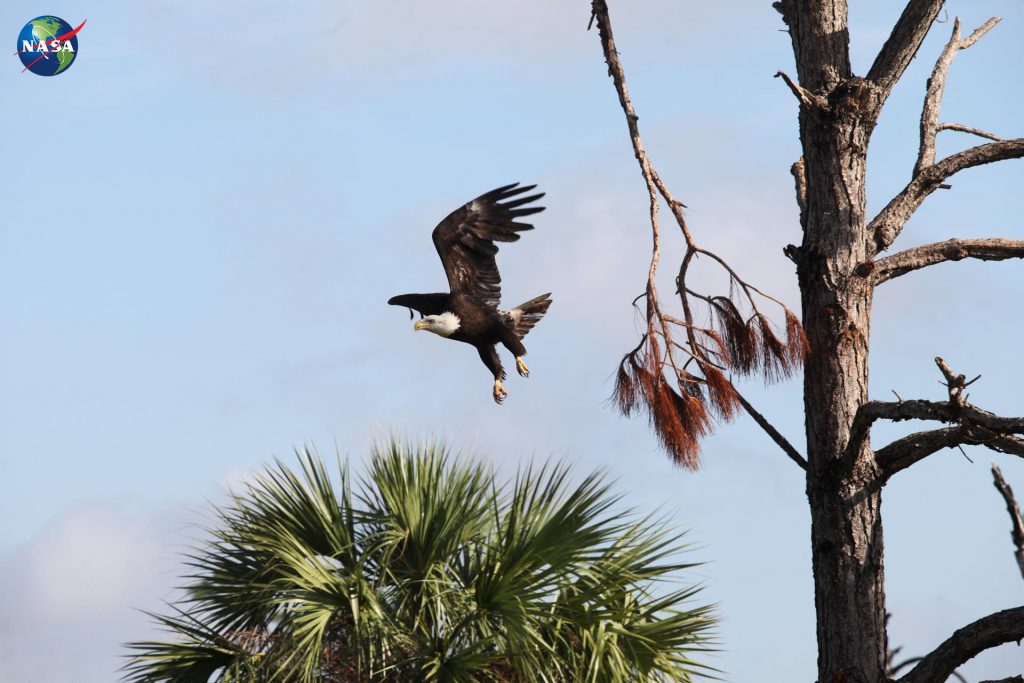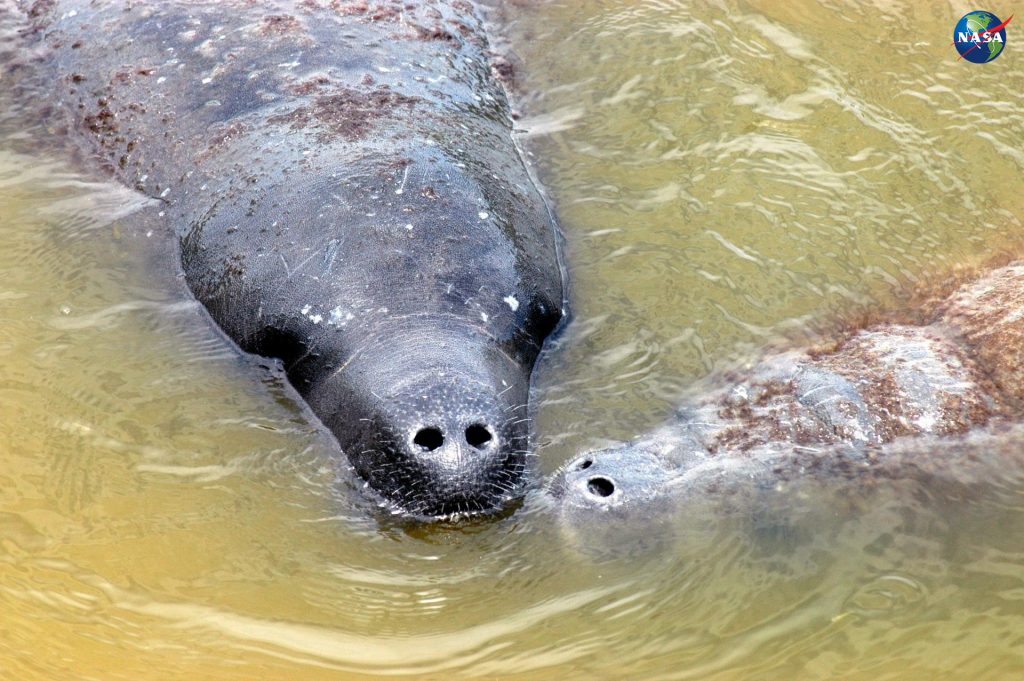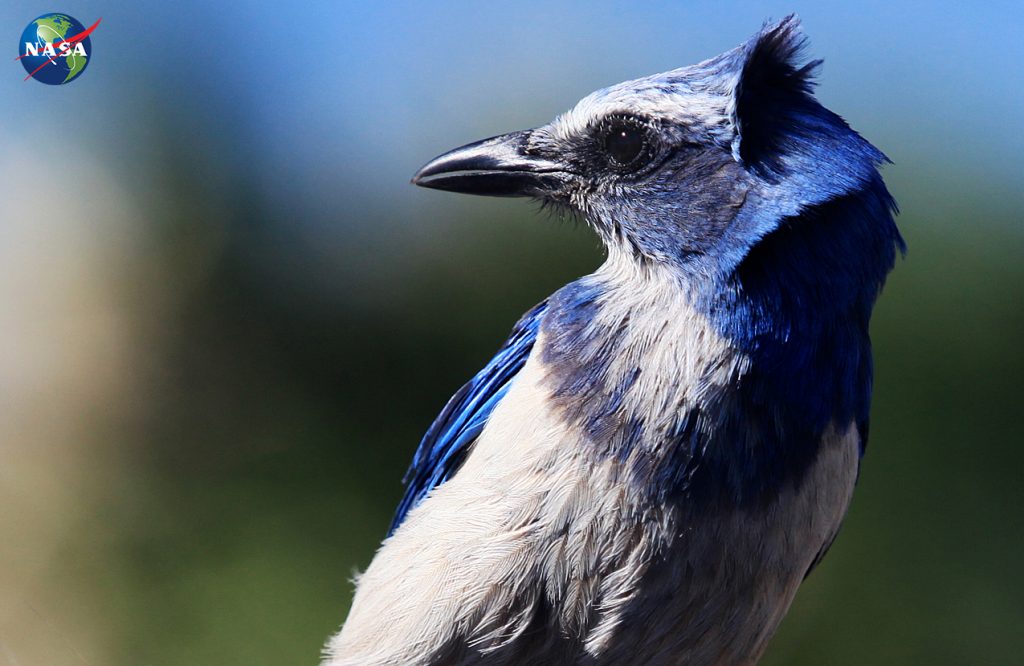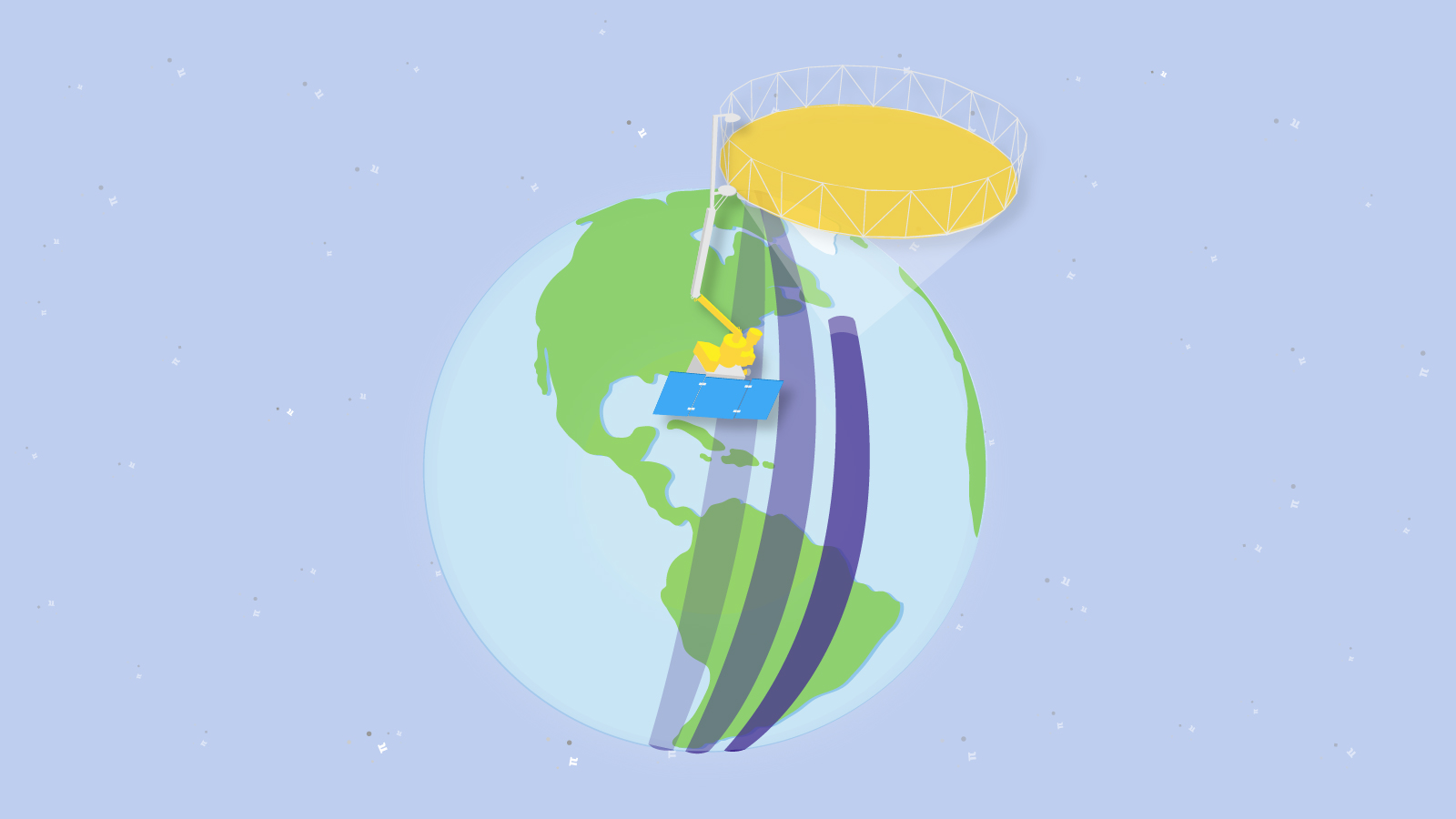
NASA has helped advance wind turbines in more ways than one, including what they’re made of, how they look and where they can operate.
Other ways NASA has worked to advanced wind turbines:
- The space agency worked with industry to test a strong, lightweight composite material that allows wind turbines to be larger and more efficient.
- Software NASA coded to optimize the designs of spaceships was used to design blades for wind turbines.
- An energy solution NASA engineers considered for Mars led to a partnership, resulting in turbines capable of operating in harsh, remote environments like the South Pole.
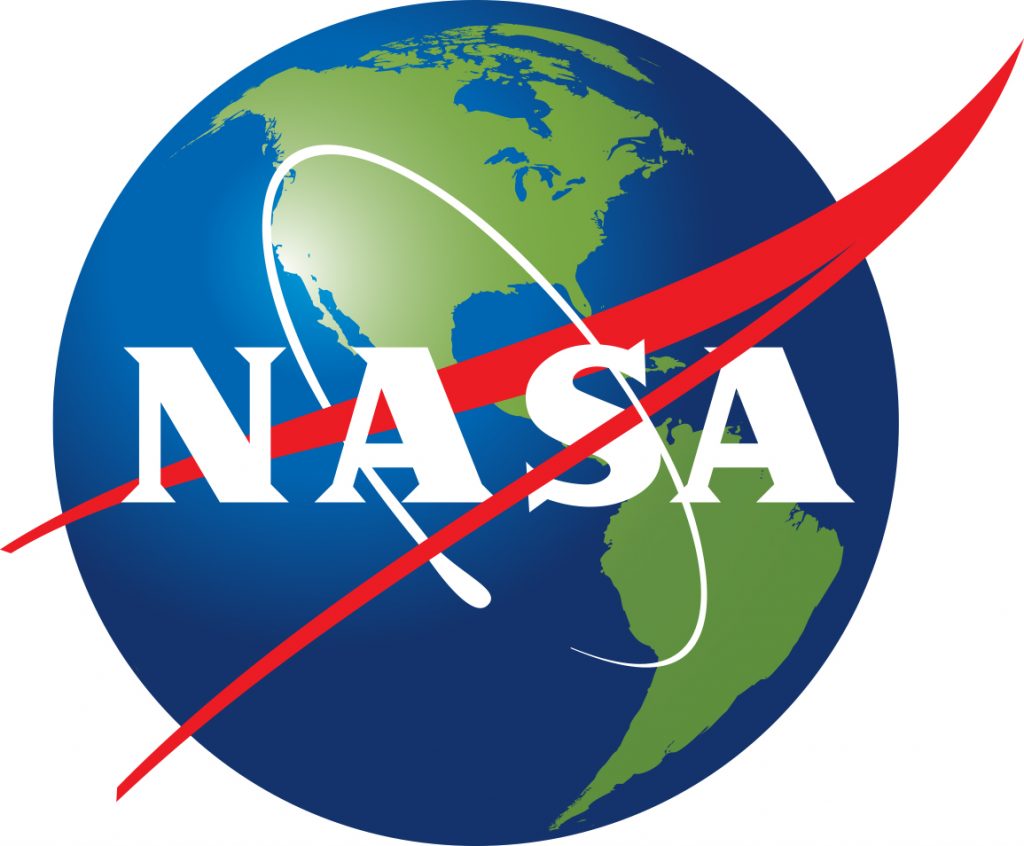 Space technology spinoffs continue to support the demand for clean energy such as wind power here on Earth.
Space technology spinoffs continue to support the demand for clean energy such as wind power here on Earth.

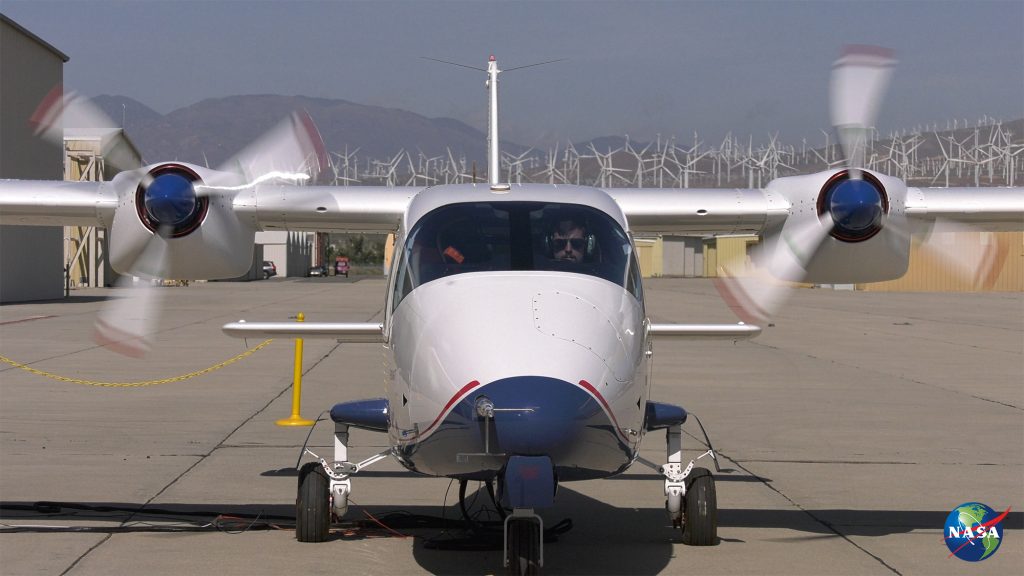
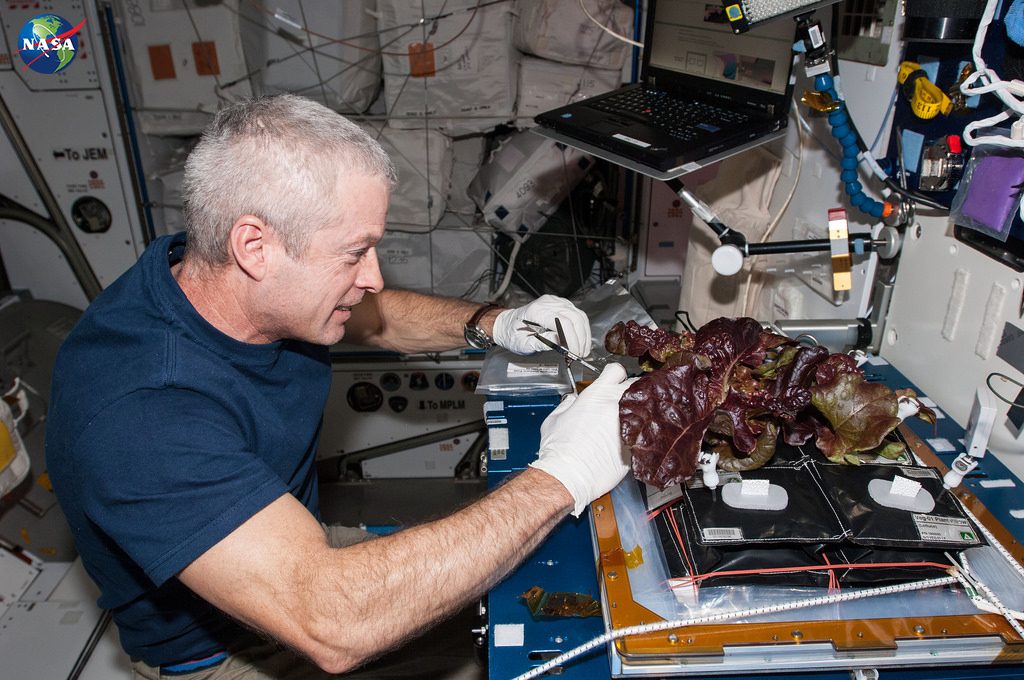
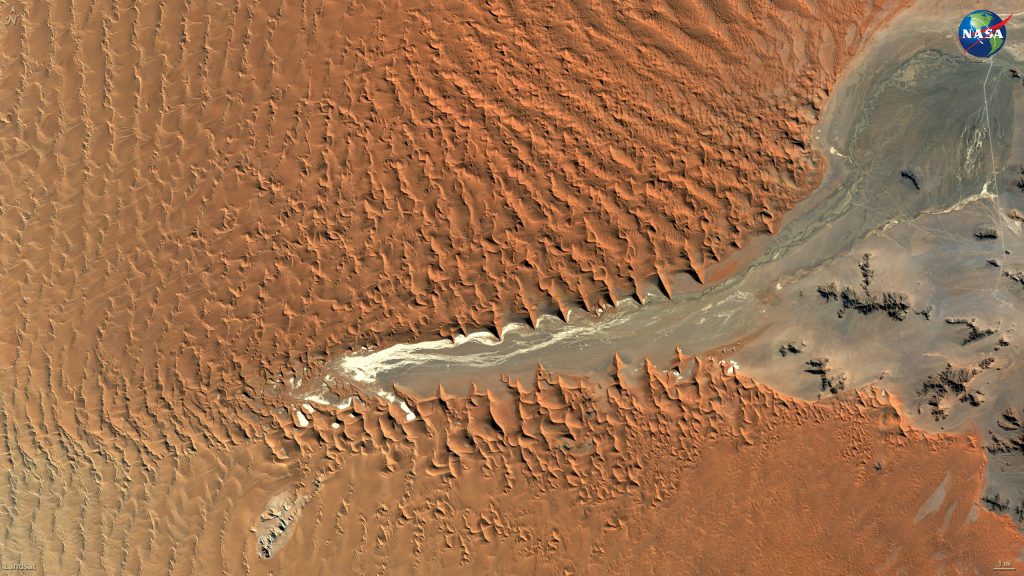
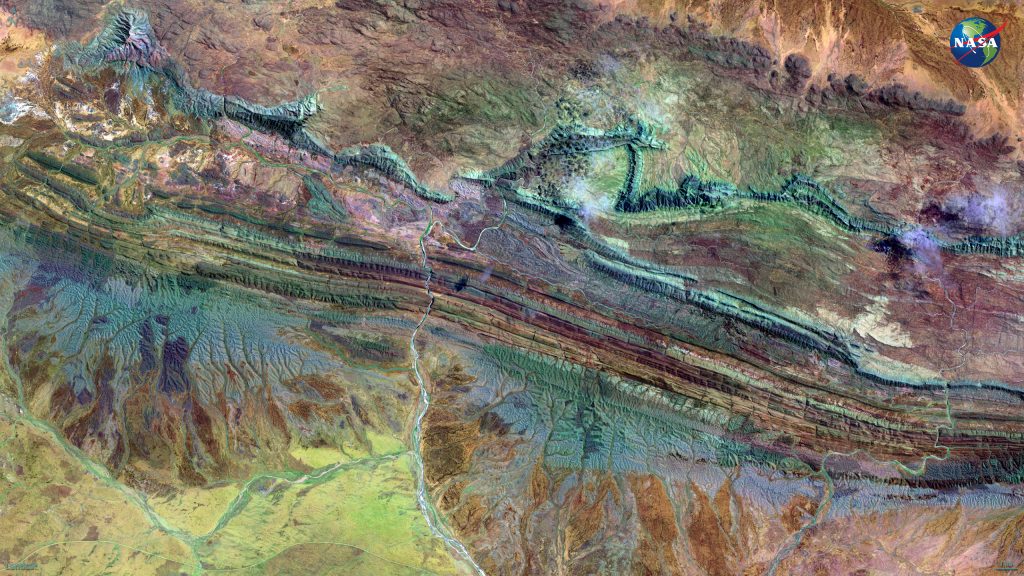
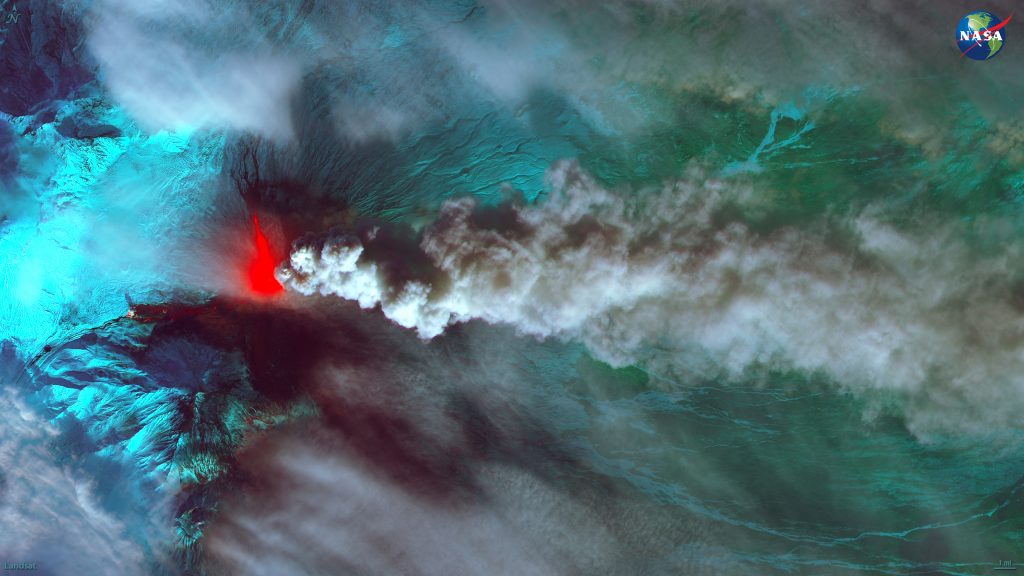
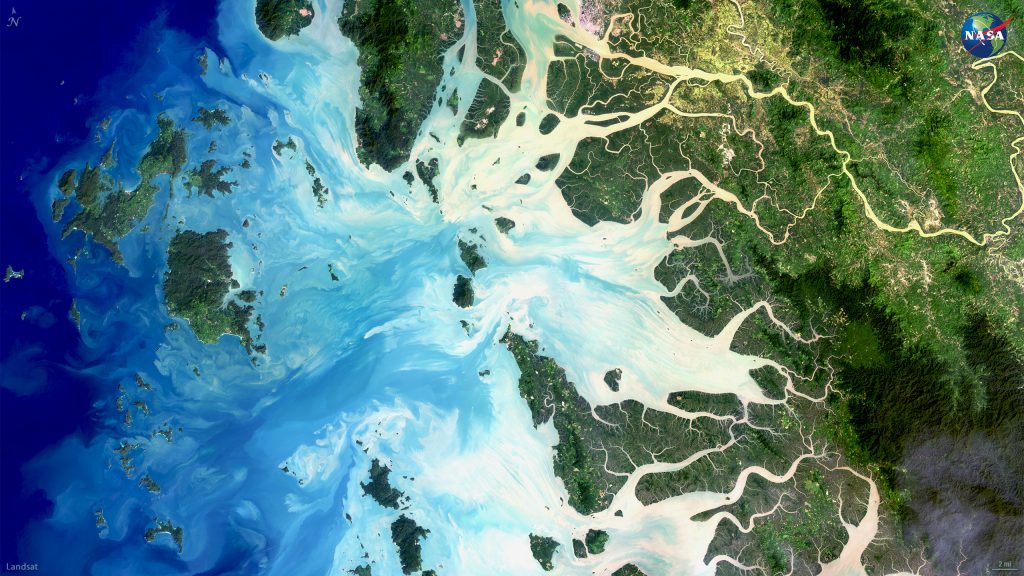
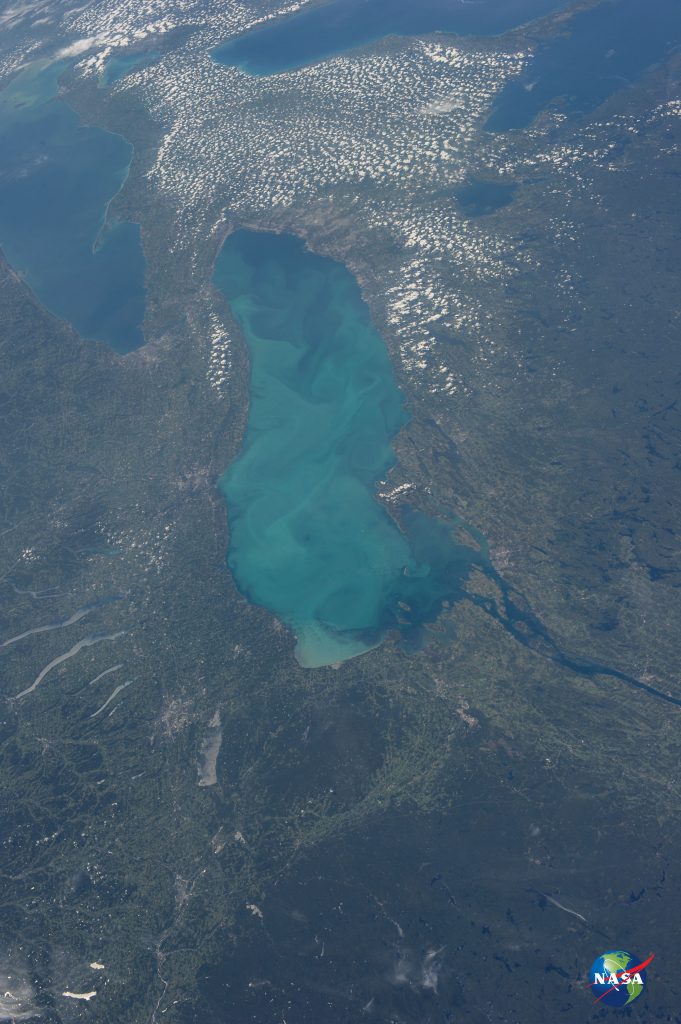
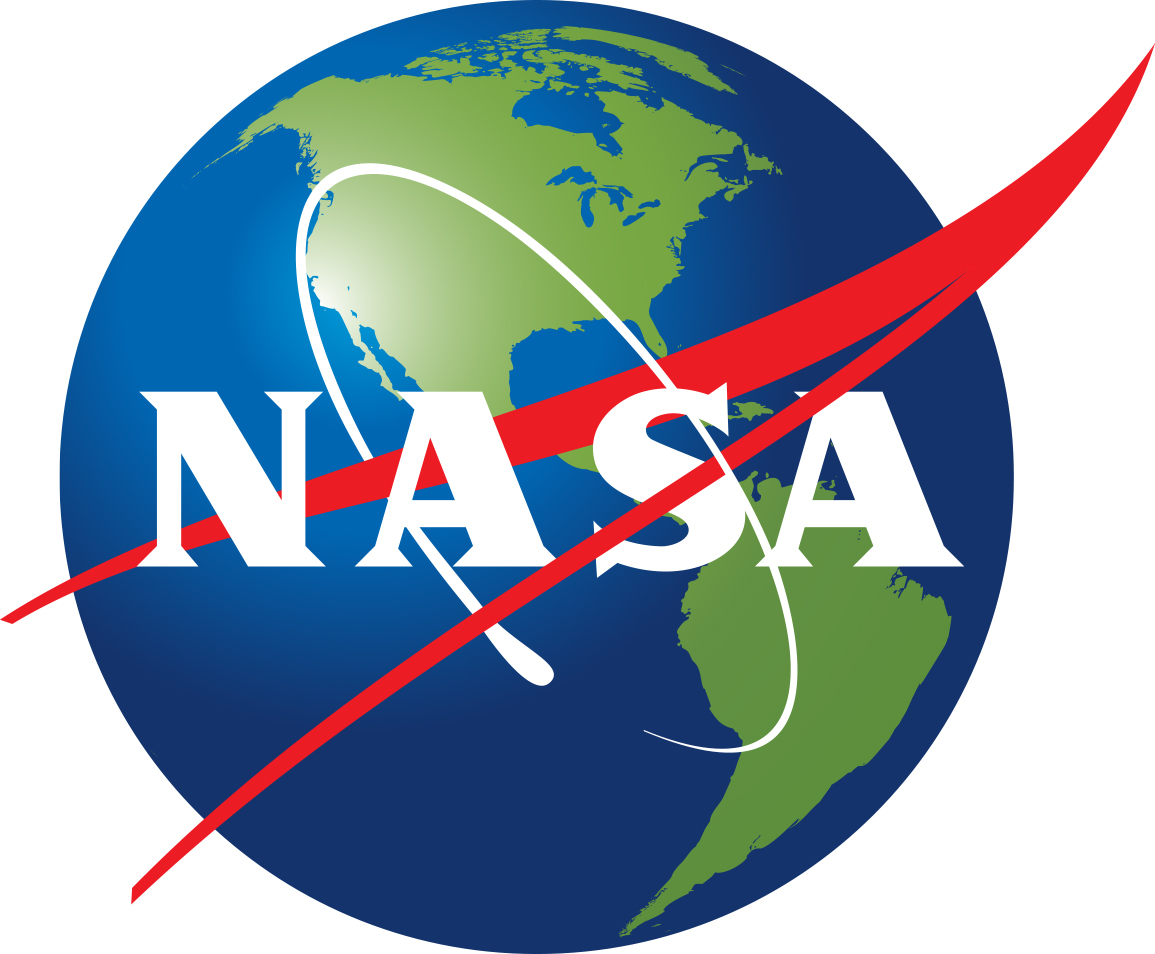 This detection system could allow coastal businesses to minimize the economic hit from an HAB by preparing for a bloom before it reaches the shore.
This detection system could allow coastal businesses to minimize the economic hit from an HAB by preparing for a bloom before it reaches the shore.